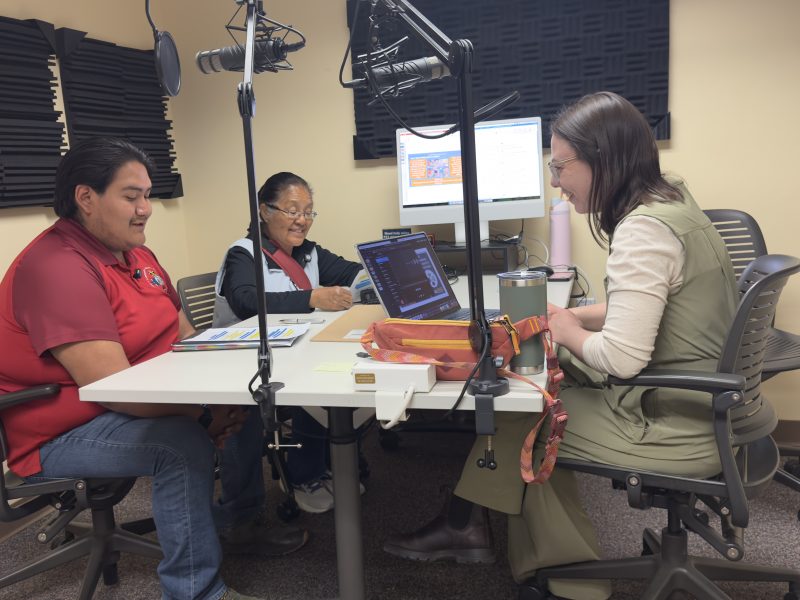Bright Smiles Ahead
Oral Health Collaboration Wraps with New Tools for Native Families
Based on findings from the Healthy Smiles Healthy Bodies Survey (2015) conducted through the Arizona Department of Health Services (AZDHS), early childhood cavities and tooth decay are linked to chronic health conditions such as diabetes and cardiovascular disease.
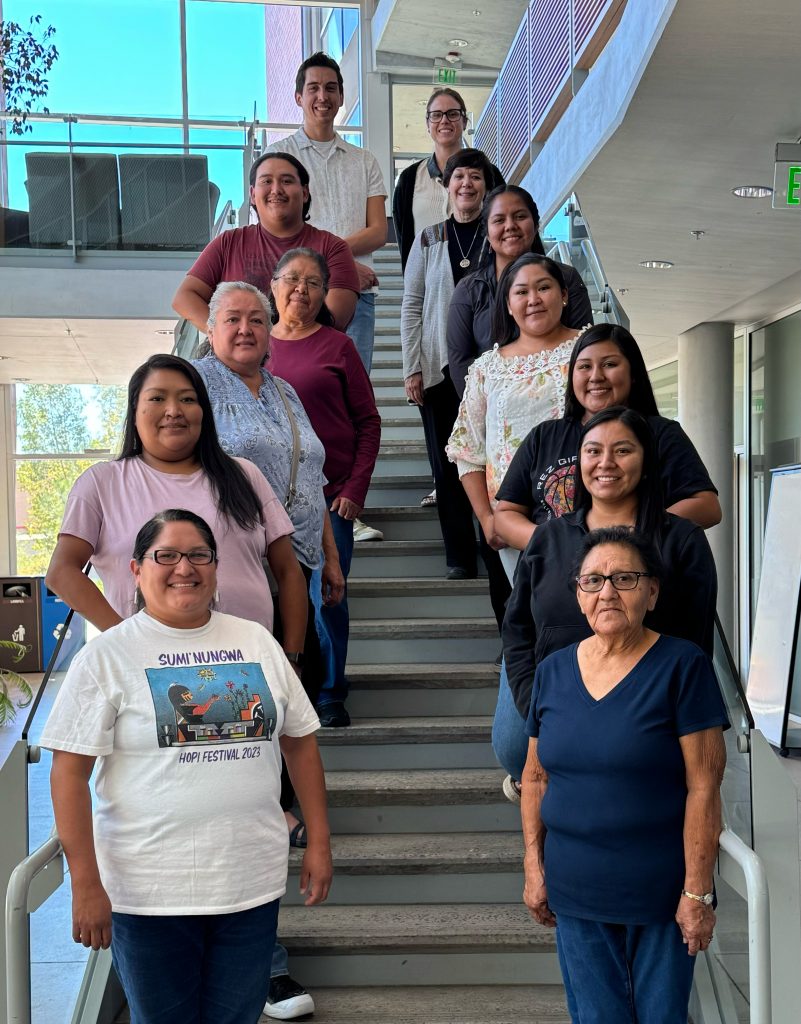
Laying the Groundwork for a Healthier Start
Through a research initiative beginning in 2019 led by Dr. Julie Baldwin, executive director for the Center for Community Health and Engaged Research (CHER), a team of researchers from Northern Arizona University (NAU) launched Great Beginnings for Healthy Native Smiles. This initiative sparked a four-year community-engaged project focused on early childhood oral health in partnership with the Hopi and Crow communities.
Supported by the National Institute of Dental and Craniofacial Research (NIDCR), the initiative aligned caregivers, healthcare providers, and community health representatives to co-develop strategies aimed at reducing early childhood caries in Native communities.
“This is such a critical public health issue for American Indian and other rural communities with little access to dental health services,” added Julie Baldwin, principal investigator of the project.
“We hope that this program will make a major difference in reducing the number of cavities that children develop before the age of three, which in turn, will lead to better overall health for children, families and communities.”
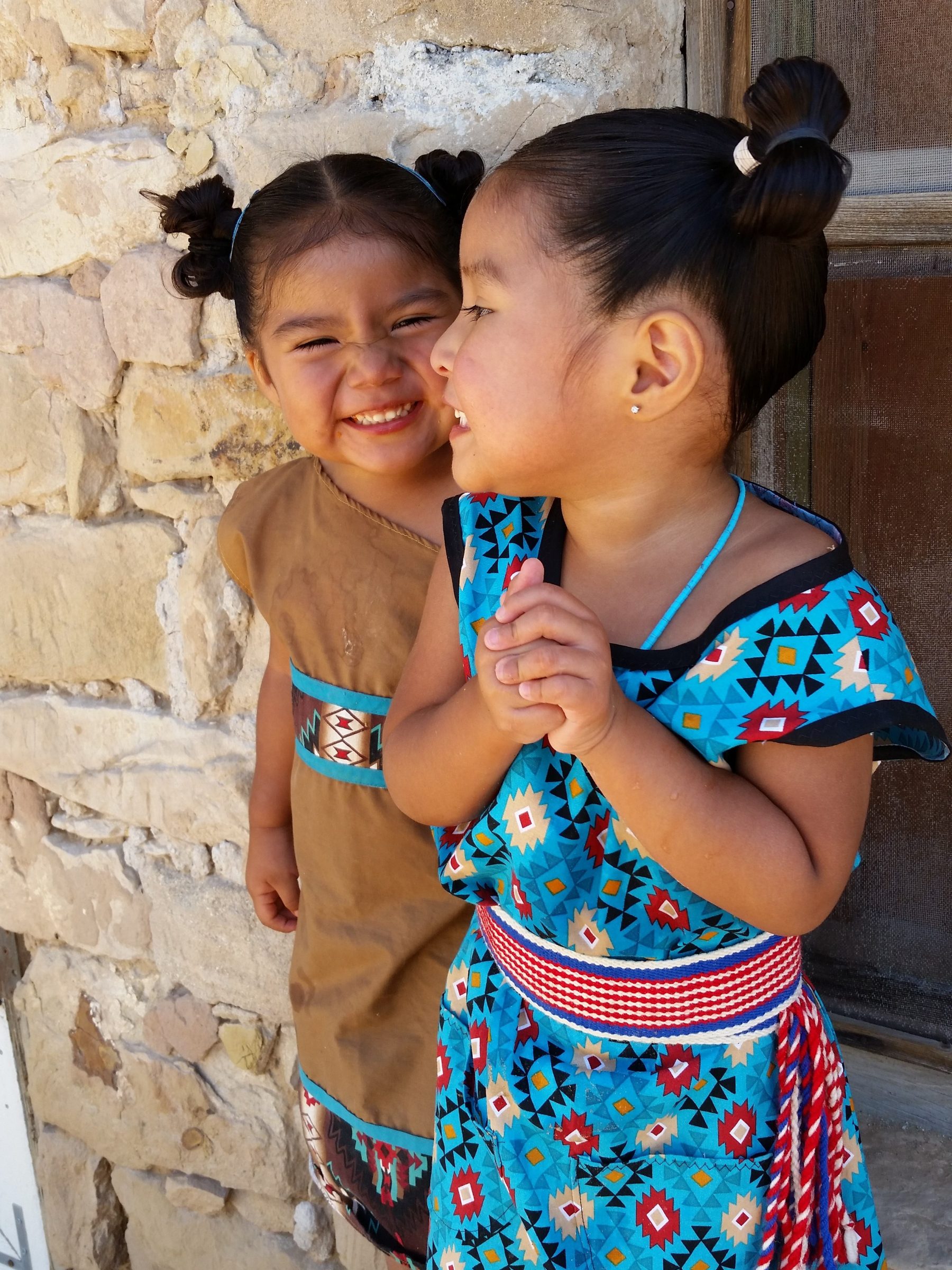
Listening, Learning, and Engaging with Purpose
During the initial stages of the project, the team prioritized prevention, culturally meaningful education, and family engagement by combining community knowledge with public health research while engaging with many mothers and their children.
This foundational work included a focus on maternal and child oral health, and training for community health representatives who directly work with mothers and children in their communities. Conversations with caregivers and insights from Community Advisory Boards guided the project’s direction every step of the way.
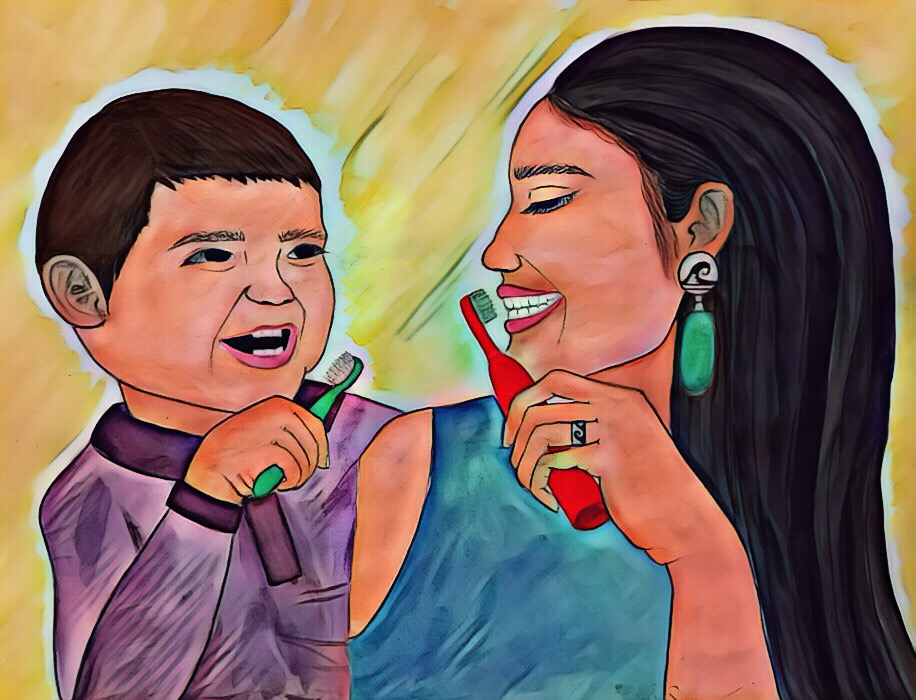
Kristan Elwell, Assistant Clinical Professor in NAU’s Department of Health Sciences, was an original contributor to this project. She brings expertise in addressing underlying social and structural determinants of health in the areas of maternal and child health.
“The formative aspects of the study helped us to better understand the daily lives of pregnant women and new mothers in each community,” Elwell said. “Early childhood caries in young children occurs in a broader social context, and talking with community members directly is a great way to understand what is important to them.”
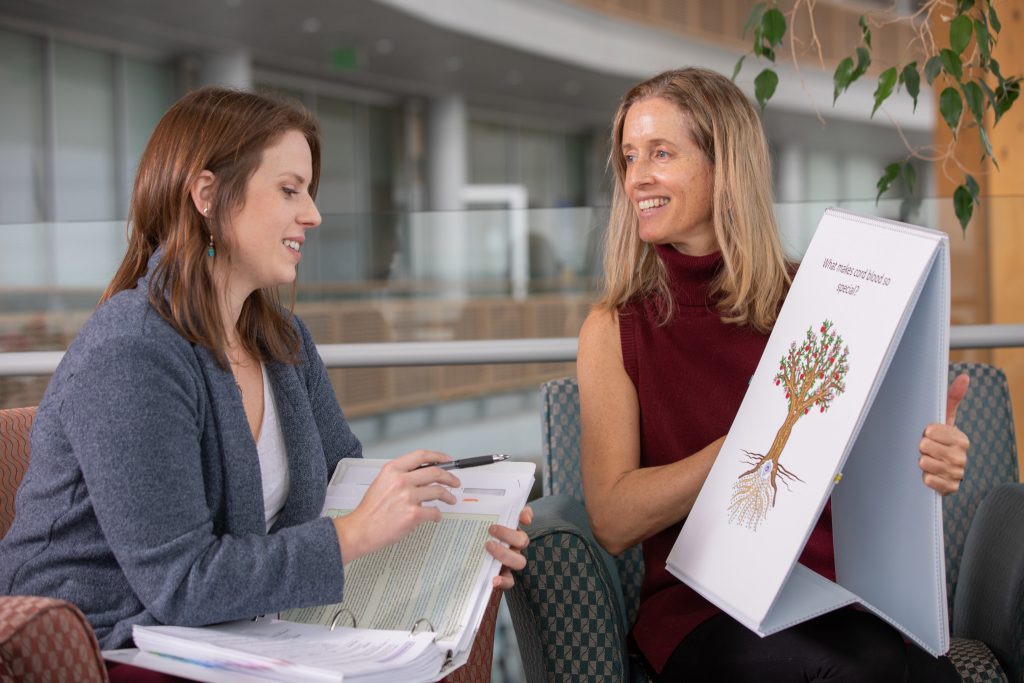
While the work was affected by the COVID-19 pandemic, the project team remained committed to finding ways to support healthy childhood oral hygiene through community-relevant resources.
Extending the Vision with Carry Over Funds
With the support of the funding agency, the team successfully continued their work and completed two major deliverables: 1) a children’s oral health storybook and 2) an educational video. These tools were developed in close collaboration with local partners and reflect the voices, languages, and lived experiences of the families the project aimed to support.
A Simple Idea with a Big Impact
During the final year of the study, Heather Thomas, associate clinical professor and chair of NAU’s Department of Dental Hygiene, was an integral part of the research team.
Thomas proposed the idea of creating a baby and toddler book centered on early dental care titled “Welcome, Baby, Smile!” after she and the team identified the need for an engaging, culturally grounded resource that families could use at home. While children’s books about dental hygiene exist, very few are created by or for Native communities.
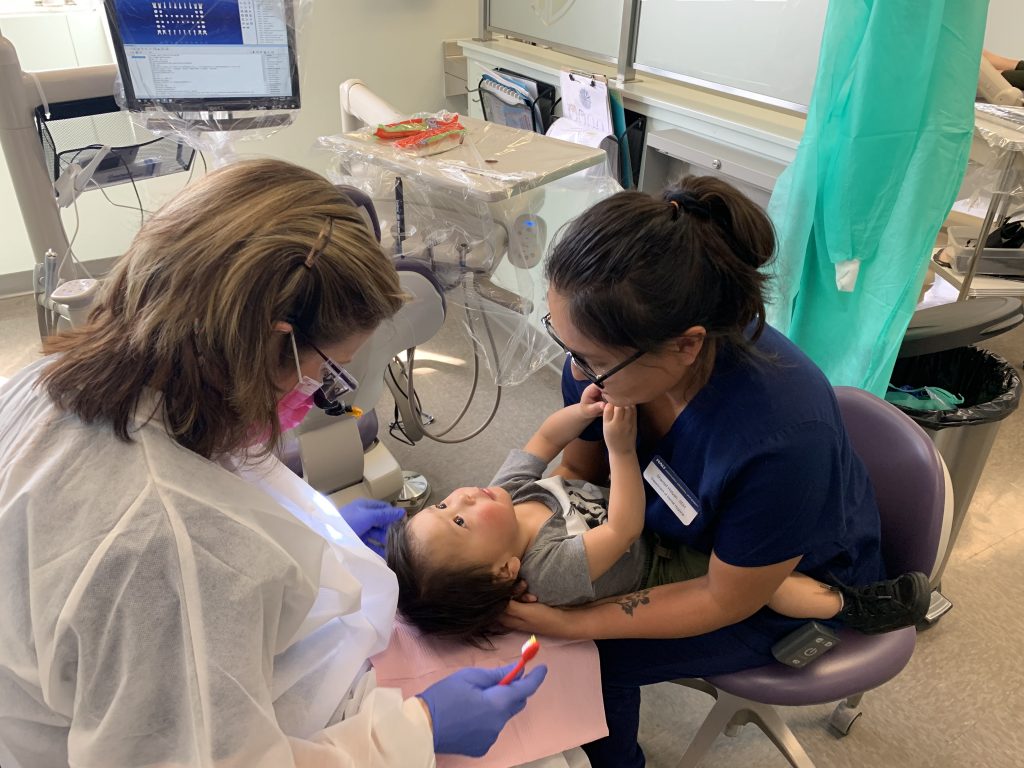
The team understood that resources that resonate need to be created through collaboration with specific Tribal communities. One way to do that is through collaborating with community health representatives (CHRs).
“The CHRs are really key in this project because they will be the ones working with all of the moms,” Thomas said. CHRs have direct access to their community, reducing barriers to producing culturally centered content.
Thomas also explained how engagement through more familiar and fun avenues have stronger impacts than reports, pamphlets, or infographics typically designed to convey educational information. These insights paved the way for the team’s production of a children’s book tailored to the Hopi and Crow communities.
The Hopi version features colorful, original illustrations by Hopi artist Bré Taylor, designed to reflect the lives and experiences of the Hopi families reading it. The Crow version includes culturally resonant photographs and vibrant imagery. Both books were designed for children and their parents to read together.
Too often, materials distributed through schools and health providers reflect mainstream cultural assumptions, making it difficult for Native families to see themselves in the messaging. To ensure that the books reflected the language, imagery, and cultural norms of the Hopi and Crow people, the team sought ongoing input from tribal partners throughout development. Hopi CHR and Great Beginnings for Healthy Native Smiles project coordinator, Stephanie Hyeoma, helped shape the Hopi version and recorded an audiobook edition to reach a broader audience of families.
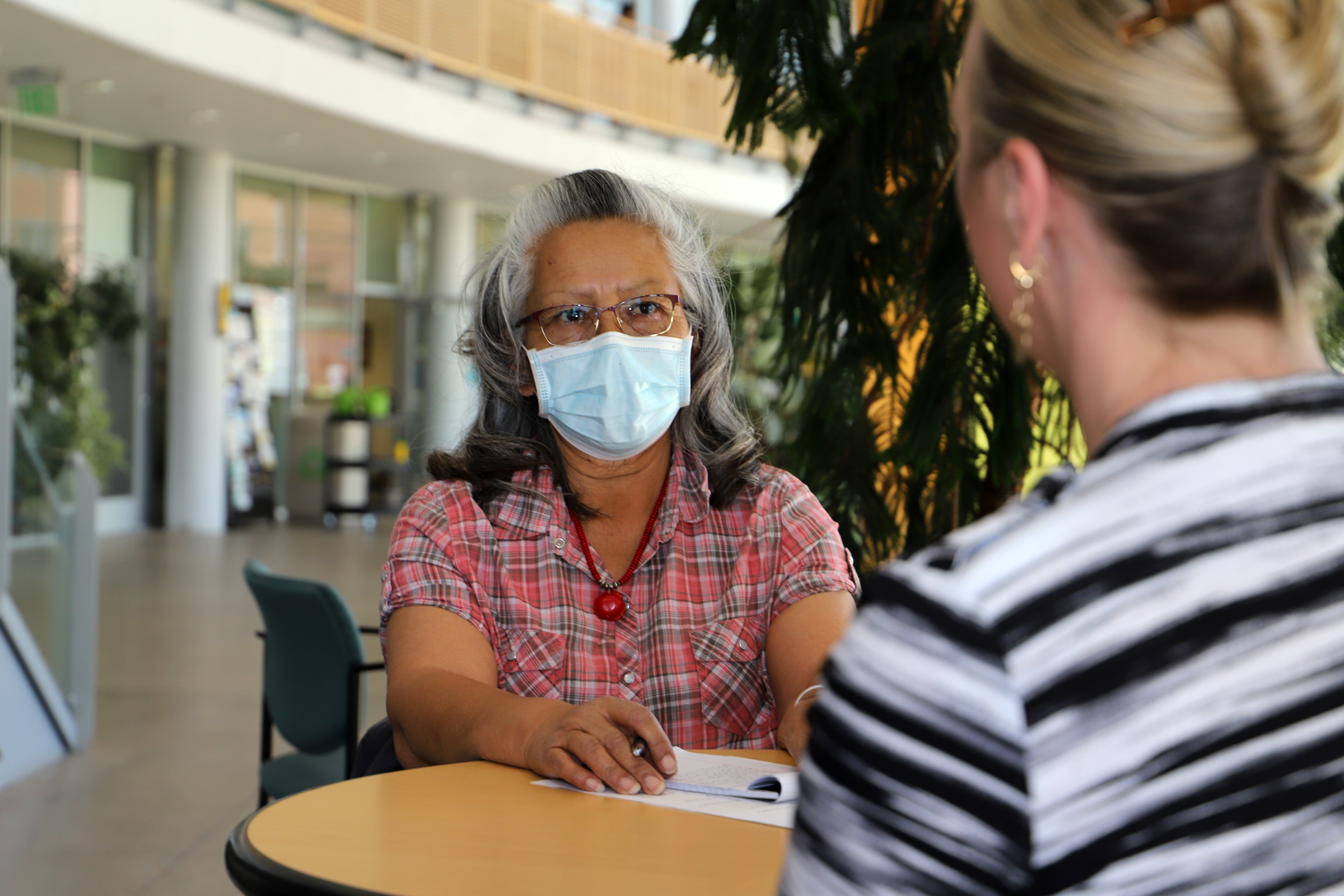
When asked about her interest in collaborating on this project, she responded with personal insight:
“For me, I wanted Hopi women to get information on how important it is to take care of their teeth, especially during their pregnancy, and especially their children’s teeth,” Hyeoma said. Hyeoma played an integral role in bringing the project to fruition while integrating community focused guidance.
Bringing Messages to Life on Screen
To amplify the project’s reach, the team collaborated with Native Reach, a media and communications platform dedicated to promoting health and wellness among Indigenous communities.
CHER Communications Assistant Manager, Beck Thomas, hosted Hopi Department of Health and Human Services representatives Ruth Ami and Irv Yellow in NAU’s Cline Library where they recorded the voiceover in the Hopi language to later be combined with the educational presentation to create a video resource.
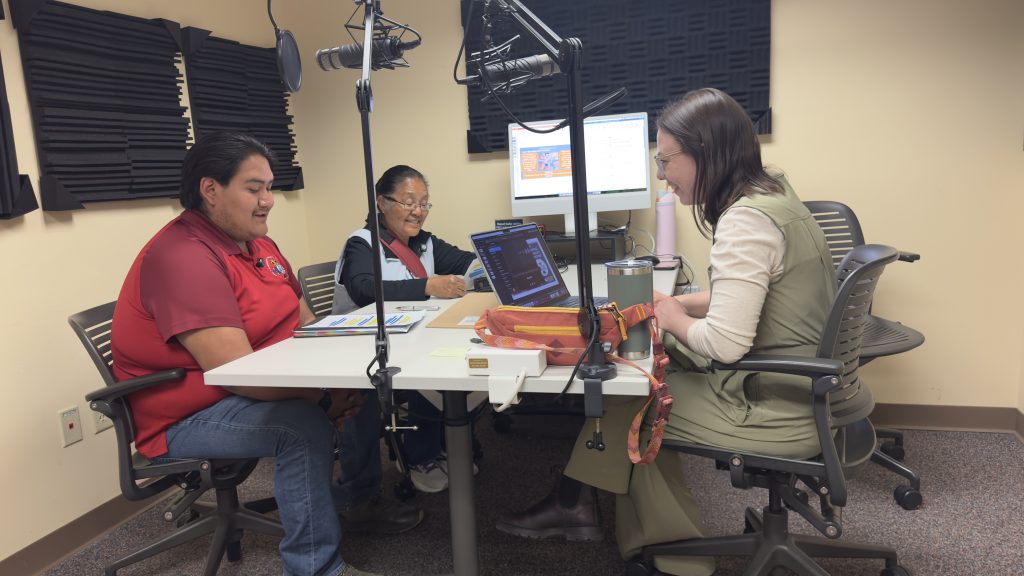
The video delivers key oral hygiene messages in a culturally relevant and accessible way, with captions added for those with auditory differences. The video will be shown in tribal health centers across Arizona and is also available on the CHER YouTube channel.
A Lasting Foundation for Healthy Smiles
Although the grant has come to a close, the relationships, tools, and insights developed through Great Beginnings for Healthy Native Smiles will continue to support families and community health workers in Hopi and Crow communities. From the caregiver-informed storybook to the educational video, the materials developed during this initiative represent a lasting commitment to oral health education that honors the voices and values of the communities they serve.
Project Team and Community Collaborators
We would like to thank the individuals and organizations who contributed to the success of this project over its 5-year lifespan.
Project Leadership and NAU-Based Researchers
- Julie Baldwin, PhD
Principal Investigator; Executive Director, Center for Community Health and Engaged Research; Regents’ Professor, Department of Health Sciences - Steven Barger, PhD
Professor, Department of Psychological Sciences, NAU - Christine Kirby, MA
Senior Research Coordinator, Center for Community Health and Engaged Research, NAU - Heather Thomas, RDH, MEd
Associate Clinical Professor and Chair, Department of Dental Hygiene, NAU - Dawn Clifford, PhD, RD
Professor, Department of Health Sciences, NAU - Marissa Tutt, MPH
Senior Research Coordinator, Center for Community Health and Engaged Research, NAU - Skyler Bordeaux, MPH
Research Coordinator, Center for Community Health and Engaged Research, NAU - Carolyn Camplain, JD, MPH
Assistant Professor, School of Public Health-Bloomington, Indiana University - Kristan Elwell, PhD
Assistant Clinical Professor, Department of Health Sciences, NAU - Beck Thomas
Communications Assistant Manager, Center for Community Health and Engaged Research, NAU
Hopi Community Partners
- Ruth Ami (Kwa’yesnom)
- Carol Sekay-Humeyestewa (Totolosmana)
- Stephanie Hyeoma (Puhu’wynoma)
- Irv Yellow (Honletstewa)
- Leewayne Lomayestewa (Sutakma)
- Bré Taylor
Hopi Artist
Crow Community Partners
- Sara Young
Consultant; Crow tribal member - Gerlinda Morrison
Site Coordinator, Little Big Horn College, Crow Agency, Montana
Institutional and Organizational Partners
- Hopi Department of Health and Human Services
- Little Big Horn College, Crow Agency, Montana
- University of Colorado, Denver
- University of New Mexico
Native Reach
Collaborated to produce and distribute the educational video to tribal health centers
Research reported here was supported by the National Institute of Dental and Craniofacial Research of the National Institutes of Health under Award Number U01DE028508. The content is solely the responsibility of the authors and does not necessarily represent the official views of the National Institutes of Health.
